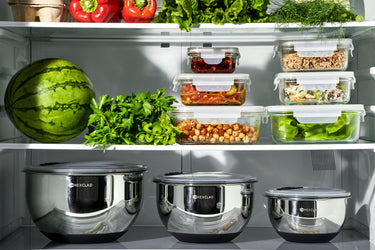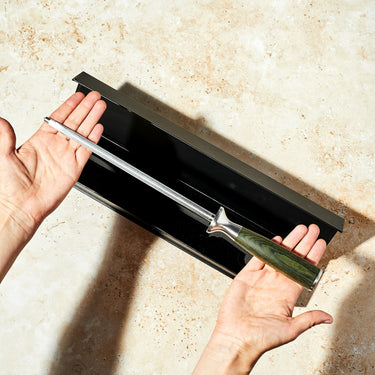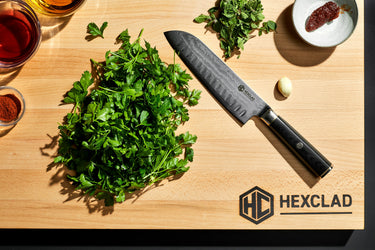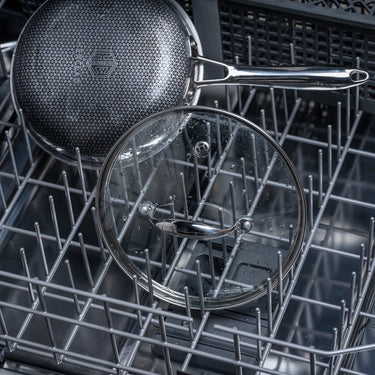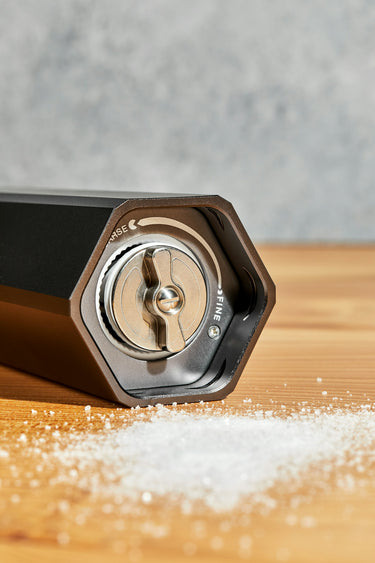9 Best Oils for Frying & When To Use Each One
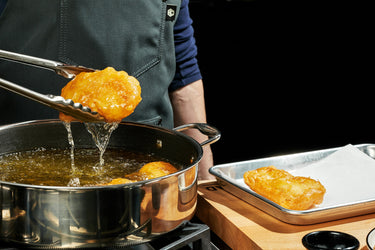
We all love carnivals for one reason: the fried treats. But carnivals don’t happen every day, and we want to enjoy these snacks whenever the craving strikes.
Of course, fried foods aren’t only carnival fare. Our favorite fried chicken restaurants always seem to have a waitlist for what comes out of the deep fryer, and there’s a clear reason why.
We need to be able to make these items at home when cravings strike. It’s fun for our housemates and easier on our wallets.
Don’t know where to start? We’ve got all the details to help you figure out the best frying technique and the best oil to use. Never wait for a fried Oreo again.
Breaking Down the Details
Fried dishes are part of culinary history. Frying pans originated way back in ancient Mesopotamia.
As early as the 16th century, chefs were creating tempura-battered foods in Japan. In Belgium and France, french fries became a staple side dish with items like mussels and steak. Meanwhile, in the U.S., we don’t want to imagine Southern food without fried chicken in the mix.
So, fried foods are classic — but frying is also an art form. To get started, we need to understand the little details.
Smoke Point
The first thing to know before frying foods is the smoke point of each oil. Smoke point refers to the temperature where the oil begins to smoke and break down and can help you decide which one is the best oil for deep frying.
If you push a specific oil past its smoke point, the oil will break down and turn rancid. This will cause discoloration of the oil and your food — and spoil your food’s flavor in the process.
This will also cause intense smoking in your home, and you may need to open every window and door to help air it out.
Oils with a low smoke point will smoke at lower heat levels. Those with high smoke points can withstand higher temperatures before smoking.
Ideally, frying will occur at a high temperature around 350 to 375 degrees. You’ll be able to cook food thoroughly without drying out the middle, while the outside crisps and browns to perfection.
Taste
Different oils have a unique flavor profiles, meaning the type of oil can impart flavor to your dish. Neutral oils, like vegetable oil or canola oil (corn oil), won’t change the flavor at all. These oils have a neutral taste.
On the other hand, peanut oil and sesame oil will add a nutty sweetness to food, while extra virgin olive oil adds flavor. Knowledge is power — and frying oil is no exception.
Techniques
When we think of frying, we generally think of deep-fried foods, but that’s only the tip of the iceberg. There’s also pan fry, air fry, and shallow-fry foods.
These techniques will use different pans and are better suited to certain foods.
For deep-frying, you’ll need a pot that holds enough oil to fully immerse your ingredients. We recommend the HexClad Hybrid 8 QT Pot With Lid. Used with a candy thermometer to keep the temperature of your oil consistent, you’ll make perfect meals every time.
Other fried foods can’t handle a full immersion in oil. For items like fried fish, it’s better to shallow-fry. For this, we recommend the 10” HexClad Hybrid Pan to hold enough oil to fry the food without fully submerging it.
Next, a good stir-fry is considered a pan fry dish. These recipes work with a variety of sauté pans. But why settle for good enough when you can pan-fry in a HexClad 14” Hybrid Wok? The oil will coat the bottom of the pan, and you’ll get an even frying experience no matter the veggies you throw in.
A healthy alternative to any of these techniques would be air frying. You’ll still need to toss your items in some oil or liquid to season them properly, but additional oil isn’t needed. This is great if oils and fats aren’t your jam.
Chicken wings are a staple item for air fryer aficionados, and they come out golden brown and crispy every time. You will need to invest in a special cookware device specifically made for air-frying if you want to give this one a go.
What Are the Best Oils for Frying?
It’s important to know each oils’ strengths and weaknesses to take your home chef skills to the next level. When you use the right oil for every dish in your arsenal and choose those that work at high heat, it’s amazing the dishes you can create with a little hot oil.
Avocado Oil
Avocado oil has one of the highest smoke points at 520 degrees, making it ideal for all kinds of frying.
Its flavor is sweet and slightly nutty. This means you’ll want to use it for items like deep-fried cookies, not your favorite fried chicken recipe because it will affect the flavor of the food.
Canola Oil
Canola oil is a neutral oil that’s cheap to buy in bulk, so this is a go-to for many chefs when deep-frying for a crowd.
It has a high smoke point, and it works well for deep- and shallow-frying dishes.
Peanut Oil
Peanut oil has a high smoke point and can be bought for a relatively low price. Plenty of people like to use it for deep-frying. In fact, a very well-known group of five guys uses it to fry their french fries…
Peanut oil will also add a fatty, nutty flavor to your foods, making it a delicious choice to power your fried meal. Just make sure nobody at the table has a peanut allergy before serving it up.
Soybean Oil
Soybean oil is a common choice for carnival favorites like funnel cakes, but don’t put baby in a corner. This oil can be used for savory dishes as well like fried shrimp. It’s also a great choice for shallow-frying dishes like breaded chicken or crab cakes.
Coconut Oil
Refined coconut oil has a smoke point of around 400 degrees, so consider this oil for pan or shallow-frying.
The flavor can be nutty and slightly sweet, making it well-suited to fried desserts. Just be careful not to buy unrefined coconut oil — it’s not the same thing. Unrefined coconut oil is great… if you want everything in a ten-mile radius to smell and taste like coconut.
Sunflower Oil
Sunflower oil will impart a slightly nutty flavor to food, but that nuttiness is a perfect middle ground between sweet and savory. Like soybean oil, it can work with desserts and meats alike. Try it for anything from donuts to fried chicken.
Sunflower oil is also one of the best options for your wallet, so consider it the next time you’re in the mood to experiment a little.
Olive Oil
Olive oil has a relatively lower smoke point compared to the other oils on this list. You know what that means? It’s pan-fry time, baby. Dishes that call for browning meat or chicken breasts in a pan will gain a savory, fatty depth from high-quality olive oil.
If you’re looking for a recipe to try, we recommend this Sockeye Dalmon and Summer Succotash number.
Safflower Oil
Safflower oil has an extremely high smoke point great for deep frying. Unlike avocado oil, safflower oil has a neutral flavor, which means it’s better for savory dishes like chicken fingers or french fries.
Sesame Oil
Sesame oil is a perfect choice for a wok-fried dish, like fried rice or pan-fried noodles. It will also impart a nutty flavor that works well with many Asian sauces and ingredients.
What Are the Worst Oils for Frying?
Not all oils are created equal. Avoid these oils and fats the next time you want to fry up a mid-day snack.
Butter or Lard
Butter and lard have a fatty consistency and content that really amps up flavor, but their smoke point is low. While butter may be awesome for many things, home cooks learn that frying is not one of them.
Instead, use butter for poaching, a technique that cooks foods like crunchy veggies and shellfish in fats.
You can also use butter and lard for sautéing and finishing ingredients post-roasting, like carrots or other veggies that need a little softening before serving.
Unrefined Oils
Unrefined oils are minimally processed, so they have a very low smoke point. This quality makes them one of the worst options for frying.
Time To Fry
Now that you know all the ins and outs of frying oil, we know you’re ready to whip up your own fried creations.
We all have our favorite carnival treats, but there’s always room for invention. Play around a little and see what you can discover — just remember to make extra. We have a feeling these foods will go fast.
Sources:
Know Your Cooking Oil Smoke Points | VeryWell Fit
Weird Deep Fried-Food on Carnival Eats | Cooking Channel
Refined vs. Unrefined Coconut Oil: What's the Difference? | PureWow
